There are two main reasons to learn something; interest and necessity.
In today’s world, change happens at a vastly increased rate compared to 100, 50 or even 20 years ago. This makes learning by necessity ever more important in our daily lives. The Knowledge Doubling Curve, created by Buckminster Fuller shows how we move closer and closer to exponential knowledge growth. With this in mind, it is no wonder that businesses have to implement or upgrade systems at increasingly regular intervals.
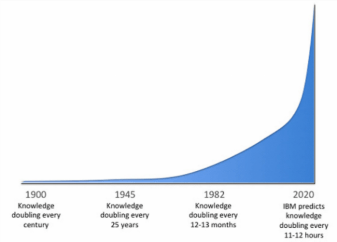
Then why is it that so many new Dynamics 365 CE projects are seen to fail when knowledge and technology march on at such an astounding rate? It is time to ask more probing questions about the reasons behind this. Two of the most prevalent answers that appear in every aspect of research into the subject are:
- The lack of user engagement
- The amount and type of training that users are able to access.
So how does a business overcome these two, very significant, barriers to success?
Why do user’s fail to engage?
Let us think about some considerations for when your brand-new CRM system is up and running.
- Are the users fully aware and trained properly?
- When did they do their training or is it still to be done?
- What format did the training take?
- Were users actively able to explore the system when they were trained?
- Are all users trained at the same time or are some still left outstanding?
- Is there ongoing help and support for users?
All of these questions impact on the user being fully able to engage with the new system. In order to better understand the importance of these considerations, it is useful to think a little more in-depth about the ways in which we learn.
Cycles of Learning
For any individual, taking on new skills and information requires learning. Most of us will be familiar with the expression of a learning curve as well as the idea of a learning cycle. Many of us (particularly anyone with an education background) may also be familiar with some of the more in-depth theories surrounding learning and development, for example, Kolb’s Learning Styles and Experiential Learning Cycle.
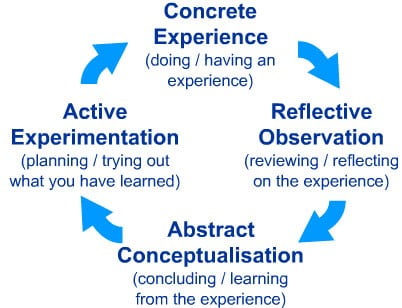
Another distinctly valid concept, but one which is perhaps less well explored, is that of the ‘unlearning curve’. The premise stems from how ingrained into our brain the things we have learned are. In order to learn a new way of doing something, first, you have to unlearn what you already know. The longer you have been doing something, the harder it is to unlearn and the more resistant you will be to change. This is why so very often we see something we have been doing for a long time as the ‘best’ or most efficient method, even if that is not truly the case. Many people may even be said to fear change for this reason.
If training is too long before the new system goes live, then there are likely to be problems with user engagement. If we think of this in terms of Kolb’s Learning Cycle, they have had Concrete Experience from their training, have engaged in Reflective Observation and now have an Abstract Conceptualisation of whether they can or cannot engage with the new system. Not being able to actively use the system (Active Experimentation) is likely to reinforce a view that they cannot engage with the new way of working, so the learning cycle is therefore incomplete. This combined with the need to ‘unlearn’ previous processes and procedures, can’t help but cause users to fail before they even begin. If a user cannot unlearn what the already know, it is likely that they will not be able to learn something new in the greater depth that they need to in order to function fully.
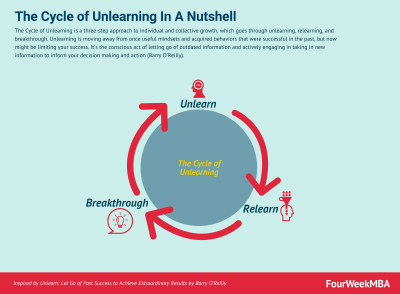
If users have had, or are about to have the training, it is important to consider what form the learning will take. Traditional classroom-based training can often be less engaging, difficult to roll out, expensive and generally unproductive. If we look at this in terms of the learning cycle, the Concrete Experience of learning may not be effectively catered to, especially if there is not the ability to actually use the system alongside any demonstration of its capabilities. This may impact with the user’s Reflective Observation being negative, again leading to the formulation of the opinion that they cannot work with the new system and an unwillingness even to try.
We are faced then with two distinct issues when it comes to learning the new system:
- How do you overcome or unlearn what you have learnt previously?
- Those things that are safe, familiar and well-rehearsed?
Then on top of this:
- How do you ensure that new skills are learnt by all those that need them, within a given time period?
- How can this be achieved no matter how widespread users are across the globe, using accessible formats that engage and promote learning?
Enter ClickLearn

The need for quality and varied learning materials and documents has never been more important in a world which has increasing rapid digital development. The Knowledge Doubling Curve shows this, and we can see it all around us in our work and personal lives. The three IT pioneers that founded ClickLearn shared a passion and deep understanding of these complexities and so developed the software to overcome them. ClickLearn is a unique system of producing support and learning materials that can be delivered to end-users in 7 different formats – all from a single recording process. The software understands your system and takes the pain out of resource production. In fact, it knows the system so well that, if something changes, it will allow you to add those amendments into your processes ready to be available instantly to users via an online learning portal.
More interestingly, the breadth of resources and formats available in ClickLearn actually supports the learning cycle. Even better, the level of support on offer helps implement the process of unlearning, allowing individuals to move away from once useful mindsets, acquired behaviours that were successful in the past and to overcome any fear of change.
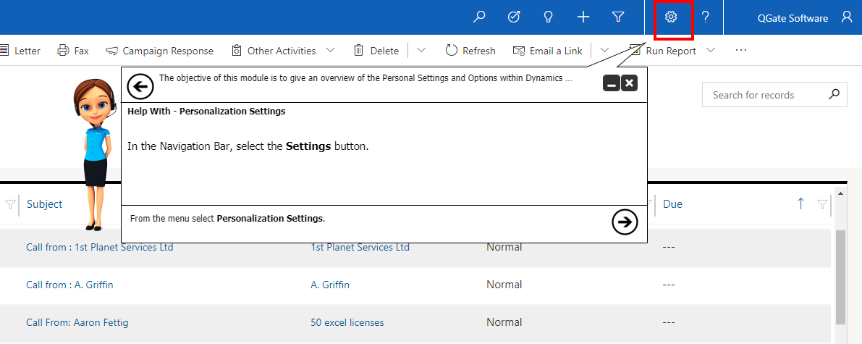
Users can gain experience by watching the ClickLearn ‘Show me’ videos as they demonstrate a process. They can work through the process with the ‘Try me’ videos and then reinforce that learning using the ‘Test me’ option too. This gives them the concrete experience they need to begin to unlearn any previous process or procedure and move forward with new systems and ideas. Next, they can reflect on that experience by reviewing what they have learnt using the web page, PDF, Word or PowerPoint documents with their detailed notes and clearly cropped screenshots.
By now the user will have gained knowledge of the basic concepts and their confidence will have grown. They will then be ready to experiment and try the process for themselves. This they can do with full support from the live ClickLearn digital assistant within the system, working with them every step of the way, building confidence and overcoming fear until they are ready to learn the next part of the process and travel through the cycle again.
Learning with ClickLearn
At QGate we have taken the immense potential offered by the ClickLearn software and used it to produce content that will support your system deployment. Our wealth of generic content is growing all the time and already covers many aspects of Dynamics 365, Office 365, Salesforce, Infor CRM and more. See our Live Examples of these systems and others here. On top of this, we can also produce bespoke content for any system which has been amended or designed to specific requirements.
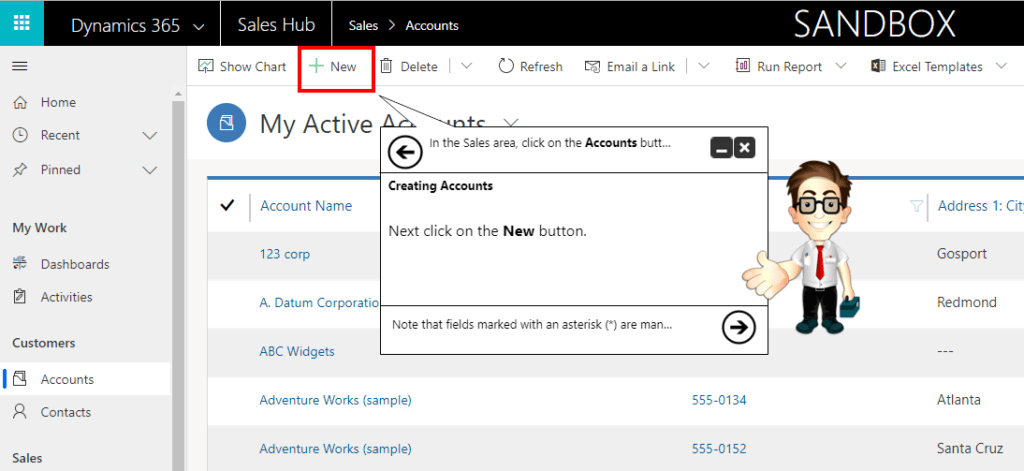
As time marches on and your system grows, progresses and changes, QGate can make you confident that your users will always be able to access up to date, clear and reliable resources that cater to the learning needs of individuals. With 24/7 support and help, the ClickLearn Digital Assistant and the Clicklearn Learning Portal can ensure that the cycle of learning never ends.
Further details on QGate’s ClickLearn as a Service can be found here or you can contact us for more information about the ClickLearn product or our ClickLearn Services.

